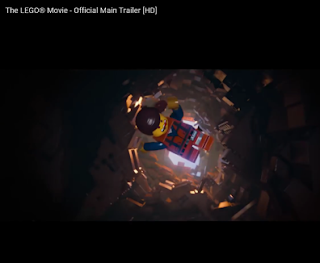 Theorist: Tzvetan Todorov
Theorist: Tzvetan TodorovTheory: Narratology
Year of Publish: 1969
The basic Theory: the idea that all narratives share the same basic structure: starting from a period of equilibrium, broken by an event that causes a period of disequilibrium, and then resolved - often through an event which has some form of ideological significance (a moral to the story so to speak) - back equilibrium.
How is this relevant to film trailers:
Obviously a trailer is not going to be able to tell its audience the full narrative to the film that is being advertised as this would give away too much about the film. What we do see, however, will hint at the narrative structure to the film. In giving the basic outline of the film and what the film will be about we as the audience will likely get a glimpse of the equilibrium that the film opens with, the event that leads to the film's period of disequilibrium and the resulting effects of this particular event, as well as likely getting an idea of the desired equilibrium that the protagonist characters want to get back to as well as potentially a hint of how exactly they want to go about trying to get back there. Therefore, although Todorov's narrative theory is not in of itself seen within the film trailer the audience does get given hints of the different stages of this narrative structure in order to whet their appetites and make them want to go an see the film.
We see an example of this in the trailers for Deadpool. The trailer initially gives the audience hints of a stage of equilibrium in which Wade Wilson is in a normal relationship with his woman Vanessa. We get told at the beginning of the trailer that this stage of equilibrium will at some point get broken when Wade gets diagnosed with Cancer that has infected his entire body. It then moves on to hint that their may be a solution to this when Wade is offered a potential cure to his cancer. Although it would appear as though this happens, it would also appear (as revealed by the lab in which he gets treated being blown up in an explosion) as though this is not entirely successful, and Wade is transformed as a result into Deadpool:








